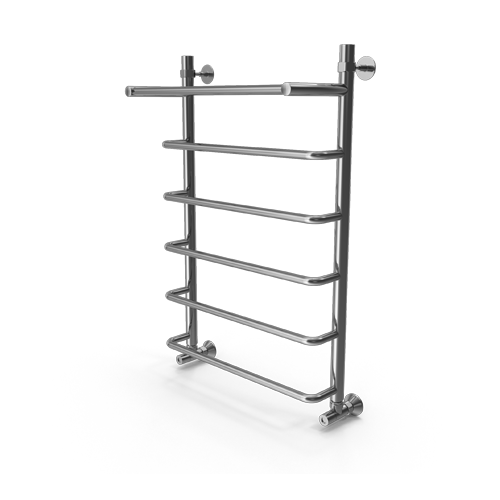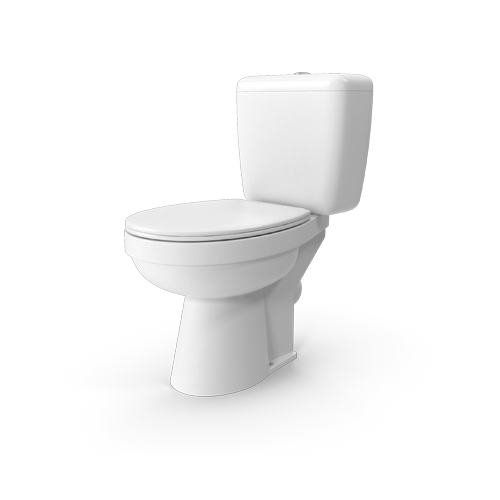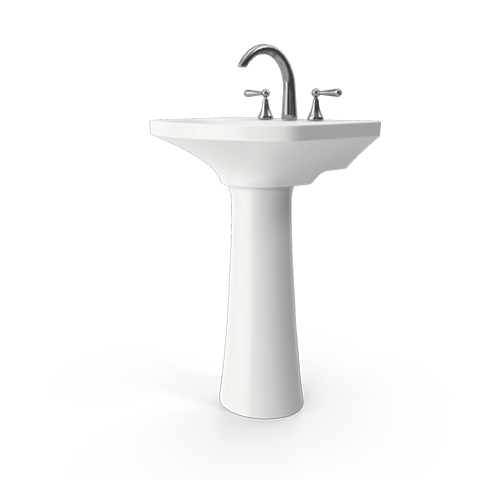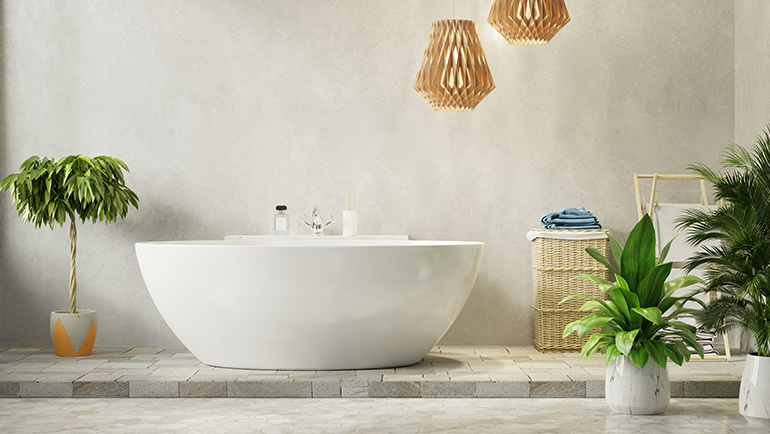What UK bath sizes are available?
You can completely transform your bathroom by replacing an old tub with a new one. But it pays to know what bath sizes might work for your space, whether you’re installing it as part of a brand-new bathroom project or to replace a functional but drab version with a show-stopping statement bath or a more roomy design.
Bathrooms come in a variety of shapes, sizes, and layouts, which means that each project presents its own set of challenges. Consider your lifestyle, bathtub materials, size, weight, and price while selecting a new bathtub style.
Keep on reading to learn how the size of your bath matters, and how to figure out which option to choose.
Why does bath size matter?
One of the issues you’ll have to deal with during your bathroom remodel, is where and how to place your bathtub. When it comes to remodelling, the size of the space you’re working in is crucial. Although many bathroom accessories and fixtures, plumbing, electrical equipment, and heating equipment meet industry standard proportions, bath sizes tend to differ greatly.
Baths are often the centre point of a bathroom renovation, so selecting the right one from the start is key. Finding the perfect model for your home isn’t just about looks. You must therefore consider scale and proportion when deciding a bathtub.
If you’re new to remodelling, you may be wondering, “Well, what is the standard sized bath in the UK?”
What is the typical bath size?
The normal bath size in the UK used to be 5’6″ in length when the imperial measuring system was in use. The metric system is now used to measure UK bath sizes, and the current standard bath size is 1700mm long and 700mm wide.
So, since this is the standard bath size, shouldn’t it be the one everyone chooses? Not at all! There are several wonderful bath options that are smaller or bigger than the average.
You might be working with a limited amount of space or a unique layout that necessitates a unique bath (for example, rooms with nooks or slanted walls). If that’s the case, you may want to consider a small bath or a corner bath, which are both smaller than the UK conventional bath size.
Then again, you might want a large bath to make a larger area look proportionate. To bathe with a lover, you might want to look for a double-ended bath. You may be lured to the opulence of a particularly deep, opulent freestanding bath, which is typically larger and deeper than the UK standard.
You might desire a tub that matches your tiled wall precisely. There are also various trendy and quirky designs available, such as L-shaped, P-shaped, and B-shaped baths, that may appeal to buyers seeking for something a little unusual.
Bath sizes in the United Kingdom
Standard bath sizes in the UK (in mm) by type include—
- Standard bath size: 1700mm length x 700mm wide is the standard bath size.
- Broad small bath: 1400mm long x 700mm
- Broad compact bath: 1200mm long x 700mm broad compact bath
- Large bath: 1800mm long x and higher
Because the conventional bath width is 700mm, a broad bath is defined as any bath having a diameter of 800mm or more.
Freestanding baths are typically longer than 1800mm and wider than 800mm in width.
How to Measure for a Wall-to-Wall Bath?
The above is a typical guideline for bath sizes in the United Kingdom, but what if the bath length you want doesn’t fit neatly into standard specifications?
Many homeowners who want to remodel their bathrooms would like to replace a bath that fits wall to wall in their bathrooms. In many instances, they have exact dimensions on hand, and it might be 1685mm. However, it can be tricky to find a bath that fits this particular size. This is a common issue, and the answer may be more straightforward than you think.
When you measure for a bath from wall to wall this measurement will be skewed, especially if the walls are uneven. If the walls are tiled on either end or both ends, this measurement may be distorted slightly. If the walls are tiled, the bath will sit slightly below the tiles, so the measured length from tiled wall to tiled wall will differ from the measured length after the tiles have been removed.
That means that if you measured the tiled wall to tiled wall length and it was 1685mm, they may discover that the untiled wall to untiled wall length is considerably closer to 1700mm.
Substituting a 1700mm bath for a 1685mm bath shouldn’t pose too many issues, as long as the difference between the two measurements isn’t more than 10mm to 30mm. As long as the gap between the two measurements isn’t too great, say between 10mm to 30mm, swapping a 1700mm bath for a 1685mm bath shouldn’t cause too many issues and will provide you additional bath options.

What are the types of bath?
Standard Bathtub: This is the most basic type of bathtub, typically made of fibreglass or acrylic. It is designed for general bathing purposes and comes in various shapes, including rectangular, oval, or corner-style.
Clawfoot Bathtub: These freestanding tubs are supported by decorative legs, usually resembling clawed feet. Clawfoot bathtubs are often made of cast iron or acrylic and are known for their vintage and elegant look.
Whirlpool Bathtub: Also known as a jacuzzi or spa tub, a whirlpool bathtub features built-in jets that create a massaging effect by circulating water. These jets provide a soothing and therapeutic experience for relaxation and hydrotherapy.
Soaking Tub: Soaking tubs are deep and spacious, allowing you to fully submerge your body for a luxurious and immersive bathing experience. They are typically made of materials like cast iron, acrylic, or stone, and are designed for deep relaxation.
Walk-In Bathtub: Walk-in tubs are designed with a door or opening that allows for easy entry and exit, particularly for people with mobility issues or disabilities. They frequently feature built-in seats, grab bars, and non-slip surfaces to enhance safety.
Japanese Soaking Tub: Inspired by traditional Japanese bathing customs, these tubs are deep and compact, allowing for a full-body soak in a sitting position. Japanese soaking tubs are typically made of wood, such as cedar or hinoki, and are known for their aesthetic appeal.
Corner Bathtub: As the name suggests, corner bathtubs are specifically designed to fit into the corner of a bathroom. They optimise space utilisation and are available in various sizes and shapes to suit different bathroom layouts.
Freestanding Bathtub: Freestanding tubs are not attached to any walls and can be placed anywhere in the bathroom. They come in a variety of shapes, including oval, rectangular, or circular, and are often used as a centrepiece to create a focal point in the bathroom.
Drop-In Bathtub: These tubs are designed to be “dropped into” a deck or platform, providing a seamless and customised appearance. They are versatile and can be installed with various surrounding materials, such as tile, stone, or wood.
Copper Bathtub: Copper tubs offer a unique and rustic aesthetic. They are known for their natural antibacterial properties and excellent heat retention, providing a luxurious bathing experience.
Need help choosing the right bath size?
However, this rule isn’t set in stone. Consult a skilled bathroom fitter because not all situations will fit this scenario. It’s possible that even after removing all tiles, the wall-to-wall length does not match the bath specifications. This may need the removal of some of the wall. A competent bathroom installer can help you with this as well.
If you’re still having trouble finding the right bath size for your space after all of this, and you would rather not do any structural work, keep looking. There are bath sizes to suit every need. Granted, you’ll have to look a little harder, but your perseverance will finally pay off, and you’ll be rewarded with the ideal bath for your room.



